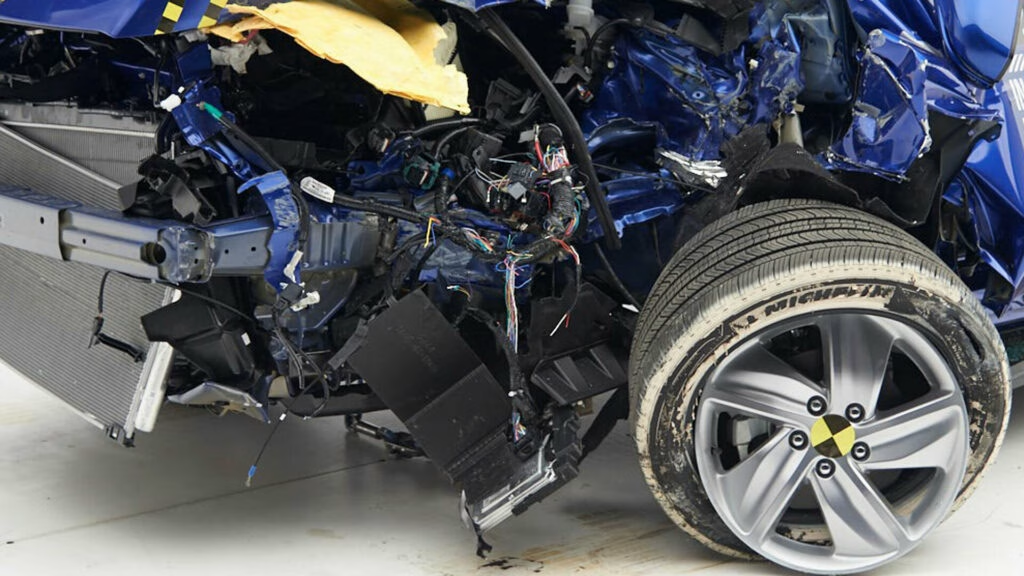Why Are Fewer People Dying on US Roads, Even as We Drive More?
Seventeen thousand one hundred forty. That’s the number of lives lost in US traffic crashes during just the first half of this year. It’s a sobering figure, but here’s the twist: it’s actually a big improvement. Compared to the same stretch last year, fatalities have dropped by 8.2 percent—down from 18,680 deaths. And here’s the kicker: Americans are logging more miles than ever, with an extra 12.1 billion miles driven in those six months. So, what’s behind this unexpected shift?
What’s Driving the Decline in Traffic Fatalities?
Let’s get real—fewer deaths on the road while people are driving more isn’t just luck. According to the National Highway Traffic Safety Administration (NHTSA), the fatality rate now sits at 1.06 deaths per 100 million miles traveled. That’s the lowest mid-year rate since 2014, and an 8.6 percent improvement over last year.
Experts point to a mix of factors. Enhanced vehicle safety features—think automatic emergency braking, lane-keeping assist, and improved crash structures—are making a difference, especially as more new cars hit the road. Meanwhile, state and local agencies have ramped up enforcement and public awareness campaigns. The NHTSA’s Chief Counsel, Peter Simshauser, credits close collaboration with law enforcement and community partners for the progress.
But let’s not ignore the human side. There’s growing evidence that drivers are responding to years of messaging about distracted and impaired driving. Recent CDC surveys show a slow but steady decline in self-reported texting while driving, and alcohol-related crashes have edged downward in several states. It’s not a revolution, but it’s real progress.
Why Do Some States See Big Drops—While Others Spike?
Here’s where things get interesting. The national trend is positive, but the story changes from state to state. Connecticut leads the pack with a jaw-dropping 32.5 percent drop in traffic deaths. That’s not just a blip—it’s a sign that targeted interventions can work. Connecticut’s Department of Transportation credits a mix of stricter enforcement, better road design, and community outreach for the turnaround.
But not everyone’s celebrating. Hawaii saw a 47.8 percent spike in fatalities, and states like Idaho, Kansas, and Massachusetts also reported double-digit increases. What gives? Local experts point to a mix of factors: surges in tourism, weather events, and even changes in traffic patterns post-pandemic. In some rural states, increases in high-speed crashes and lower seatbelt use remain stubborn problems.
How Does the US Compare to Global Road Safety Trends?
Zooming out, the US is finally catching up to a global trend. According to the World Health Organization, high-income countries have seen steady declines in road deaths over the past decade, largely thanks to technology and policy changes. The US, however, lagged behind during the pandemic years, with a spike in risky driving behaviors. This year’s numbers suggest we’re getting back on track, but there’s still work to do—America’s per-capita road fatality rate remains higher than many European nations.
What Can Drivers and Communities Do to Keep the Momentum Going?
The data is clear: progress is possible, but it’s fragile. Experts say the next steps are about doubling down on what works. For drivers, that means the basics—buckling up, staying sober, putting the phone away, and keeping speeds in check. For communities, it’s about smarter infrastructure: more roundabouts, better lighting, and safer crosswalks.
Some cities are experimenting with “Vision Zero” strategies, aiming to eliminate traffic deaths entirely. New York City, for example, has seen significant reductions in pedestrian fatalities after lowering speed limits and redesigning dangerous intersections. It’s not magic, but it’s proof that policy can save lives.
What’s the Big Takeaway for Everyday Drivers?
The big takeaway? Road safety isn’t about perfection—it’s about smarter adjustments. Start with one change this week, and you’ll likely spot the difference by month’s end. Buckle up every time, give yourself a few extra minutes to get where you’re going, and keep an eye out for others. The numbers show we’re moving in the right direction, but every choice behind the wheel still matters.

